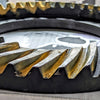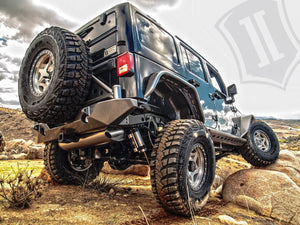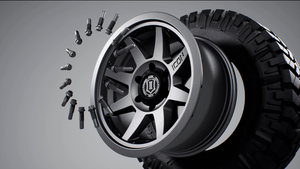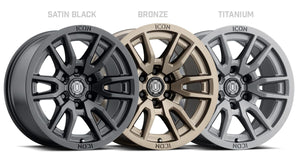
Understanding Thick Ring Gears & Carrier Breaks
A carrier break is the point where the numeric increase in gear ratio necessitates a new/different carrier be used. The act of increasing the numerical ratio of a gear set results in the diameter of the pinion gear becoming smaller. To maintain proper contact, the thickness of the ring gear must be increased. The point at which thickening is no longer viable is known as the Carrier Break, which necessitates the move to a larger carrier with a taller deck height.
Thick Ring Gear Case Study
We will be looking at two gear sets for the GM 12T differential. The 3.73:1 set is the maximum numeric size that the stock carrier can handle…. Going to a 4.11 breaks the bank, and the carrier.

The size of the pinion gear head is the linchpin. As the numeric size of the gear goes up the pinion size decreases, until the point when it can no longer properly engage the ring gear. The 12T 3.73 set features an 11-tooth pinion and the 4.11 sports a nine-tooth pinion which is too small in diameter for proper engagement so the 4.11 kit has a thicker ring gear to make up the difference and provide proper engagement.

In some instances, a thinner ring gear may be needed to stay within deck height specs. The break point is typically determined by the placement of the carrier case and the pinion centerline, and those are really arbitrary and up to the whim of a design engineer. We do NOT recommend ring gear spacers in any situation. Remember that using a thick or thin gear set has no side effects and will be just as strong and hold up just as well as a gear set that is the factory thickness. The chart below illustrate the break points and deck height parameters of many of the most popular carrier/differentials.



Share Article:
No comments yet. Be the first to add comment!
Leave a comment
Your email address will not be published. Required fields are marked with *







